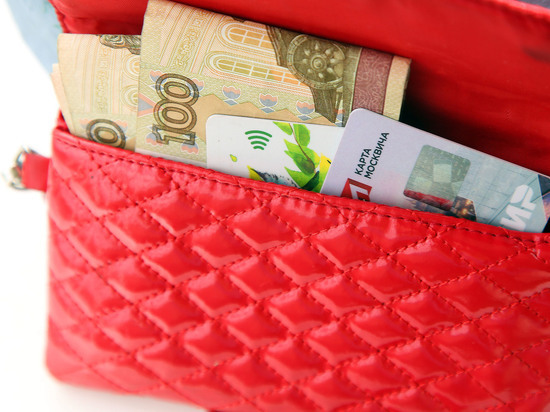Universal allowance will replace a bunch of benefits for low-income families
[ad_1]

The government decided to combine existing social protection measures in one payment
The authorities will replace several types of state support for low-income families with a single “universal allowance”. This was announced on Thursday, September 22, by Prime Minister Mikhail Mishustin. It will begin to be paid from January 1, 2023. As planned by the authorities, the “universal allowance” will combine a number of existing social protection measures, in particular, payments that are provided in connection with the birth or adoption of a child and up to the age of three, as well as for children from three to seven years old and from eight to 17. To apply for a “universal allowance”, you will need to submit one application on the public services portal, at the MFC or the Social Insurance Fund (FSS).
As follows from the “Guidelines for the Budget, Tax and Customs Tariff Policy”, the government intends to allocate 520.8 billion rubles for the payment of the “universal allowance” in 2023. In 2024 and 2025, this amount will increase to 1.185 trillion and 1.285 trillion rubles, respectively. The approximate size of the “universal allowance” in Russia is already known. According to the Ministry of Labor of the Russian Federation, it will be from 7 thousand to 14 thousand rubles per child. “The universal allowance will be provided to families with incomes below the subsistence level using a comprehensive means assessment,” Anton Kotyakov’s department emphasized. The amount of the allowance will be 50%, 75% or 100% of the regional subsistence minimum. In other words, on average in Russia it will be 7 thousand, 10.5 thousand or 14 thousand rubles. How significant will such assistance be and is it justified to merge several benefits into one? With these questions, “MK” turned to the experts.
Valery Emelyanov, stock market expert at BCS World of Investments:
“I see a purely technical nuance in this decision, connected, among other things, with the merger of the Social Insurance Fund and the Pension Fund of the Russian Federation. Previously, benefits were distributed between funds and different budget sources, now they will be merged.
In principle, this is a reasonable measure, but it is not aimed at improving conditions for the poor. This is more a story about a single accounting of social spending. The state wants to see where the money goes and optimizes the process. Those who received a whole fan of benefits will receive about the same amount, only from a different public pocket.
There are about 18 million poor people in Russia, and 90% of them are just families with children, that is, we are talking about 16 million people. This is about 6-7 million families. Accordingly, each will receive next year about 7 thousand rubles a month, and in the next two years (apparently, as the function is transferred from the Social Insurance Fund to the budget directly) 14-16 thousand a month per family. I don’t think it will help much to overcome poverty.
In general, a targeted approach to the fight against poverty is the world standard, and dozens of small benefits prescribed in different years for different cases are an anachronism. Another thing is that Russia cannot afford to pay such amounts to the poor so that people with them have at least a median income. The problem is not in the method of distribution, but in objective reality. The economic model is outdated and inefficient. There are few modern industries. And the money that we receive from the sale of raw materials, if they are distributed equally, is too little: less than $ 300 per month per inhabitant of the country, which is less than 20 thousand rubles for each.
Andrey Loboda, Economist, Director of External Relations and Corporate Social Responsibility at BitRiver:
“In Russia, there are thousands of social benefits, payments and benefits for citizens with low incomes. As part of the implementation of the digital strategy, we will see the first contours of the digital social treasury as early as next year. The monthly cash payment will include the previously accepted set of all social services of the state to those in need. The state does not refuse social assistance to citizens, and it is quite obvious that it will increase. Only now it will be simpler and clearer in its architecture. At least one or more people in almost 20% of Russian families will receive it.”
[ad_2]
Source link






